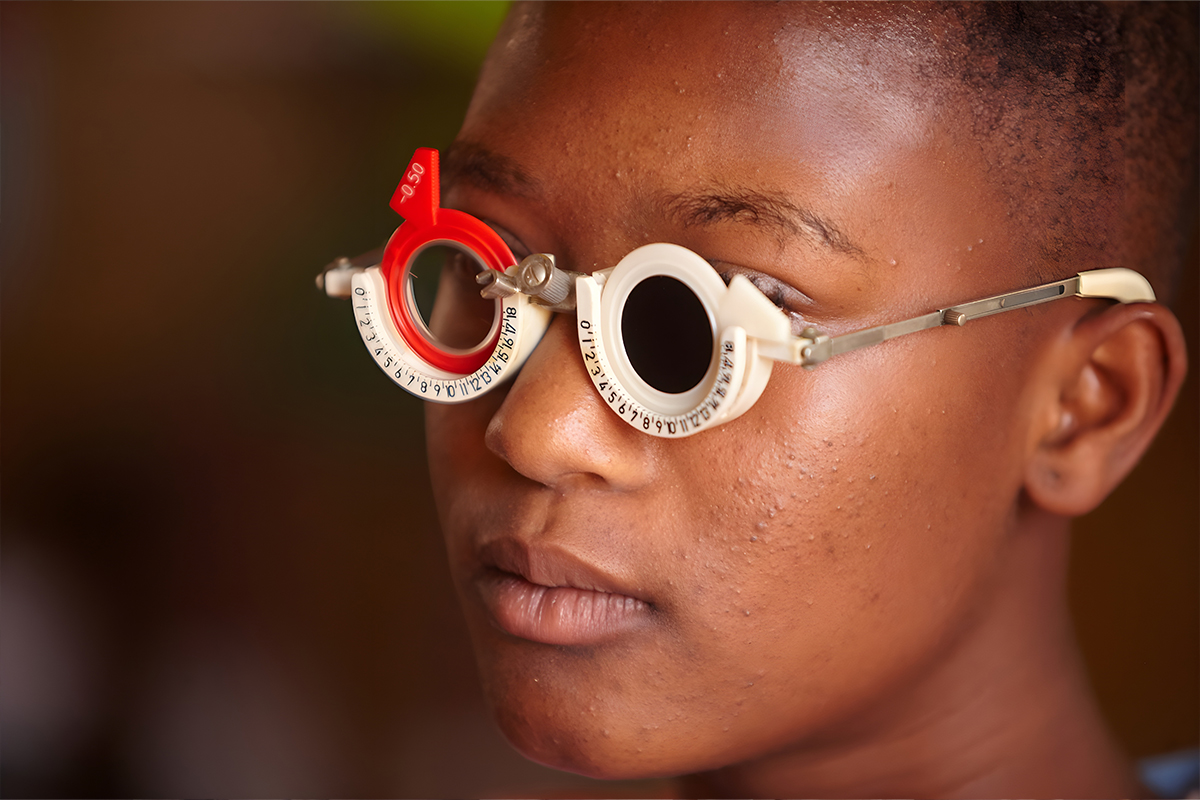Join a powerful, unprecedented alliance for better eye health for all.
Join IAPBIf you struggle to see, you struggle to learn. Children with vision impairment are 2–5 times less likely to be in formal education in low- and middle-income countries. This can result in ongoing consequences for their life opportunities.

Image by Cooper Vision & Vision Action